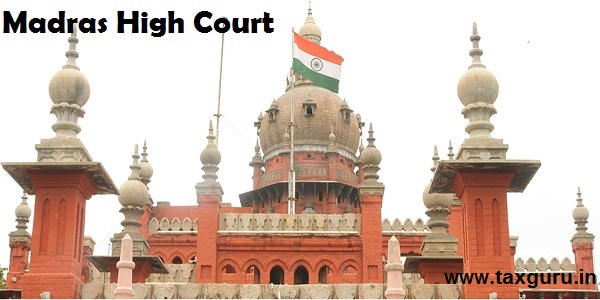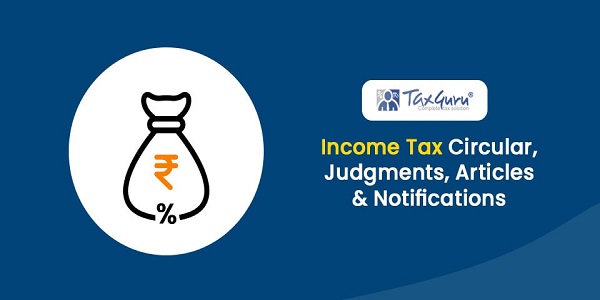On 29th September 2010, Prime Minister Dr. Manmohan Singh and UPA Chairperson Smt. Sonia Gandhi will launch the issue of Unique Identification Numbers (Aadhaar) nationally by distributing the first set of numbers among the villagers. This launch will take place in Nandurbar District of Maharashtra where the Unique ID Mission will be dedicated to the nation.
The Unique ID Authority of India started working in the month of August 2009. The Government had committed to issuing the first set of Unique ID numbers in 12 to 18 months. In the ensuing period of last one year, the infrastructure for this complex project has been set up. With the launch date for the project scheduled for September 29, 2010 the Unique ID Mission has achieved its goal of on-time delivery.
The goal of the UID Mission is to deliver Unique Identification Numbers (Aadhaar) to every resident in the country. In addition, it aims to establish a cost-effective, ubiquitous authentication infrastructure to easily verify these identities online and in real-time.
Today there are a large number of residents, especially the poorest and the most marginalized, who face challenges in accessing various public benefit programs due to the lack of possessing a clear identity proof. The Aadhaar number will ease these difficulties in identification, by providing a nationally valid and verifiable single source of identity proof.
The UIDAI will ensure the uniqueness of the Aadhaar numbers through the use of biometric attributes (Finger Prints and Iris) which will be linked to the number. This will help agencies and service providers across India clean out duplicates and fakes from their databases. The elimination of duplicate, ghost and fake identities across various schemes is expected to substantially improve the efficiency of the delivery systems by ensuring that the leakages are reduced and the benefits reach the right people.
The Aadhaar number will also enable the delivery of various services at the grass root level in a cost effective and efficient way. An example of such an Aadhaar-enabled service is in banking for the poor. With the Aadhaar number, residents will be able to easily fulfill the Know Your Customer (KYC) requirements of banks. They will be able to verify their identity through the Aadhaar number to banks both in person or remotely, using a mobile device. As a result, banks will be able to provide branchless banking services to hard-to-reach rural regions, and the use of electronic transactions will further bring down costs. Similarly, electronic transfers of benefits and entitlements can be enabled through Aadhaar-linked bank accounts of the beneficiaries.
India will be the first country to implement a biometric-based unique ID system for its residents on a national scale. The national launch of Aadhaar on 29th will herald a new chapter in the efforts of the Government in enabling inclusive growth and bringing in greater efficiency and transparency in governance. Aadhaar has the potential to fundamentally transform the service delivery and governance in the country.


























